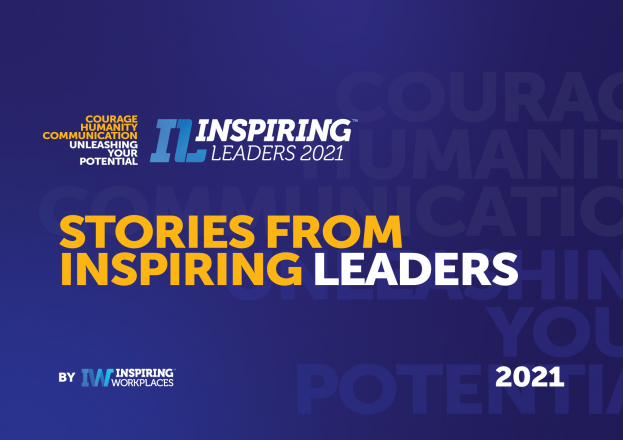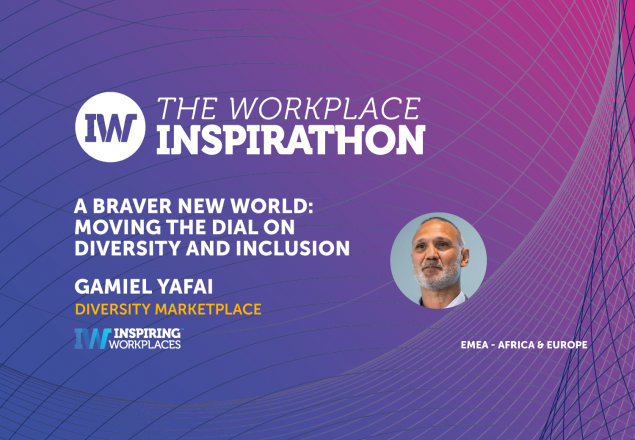To continue reading this article in full click here: Continuing the Work of DEI, No Matter What Your Company Calls It

15th January 2025
Advancing DEI Initiatives: Strategies for Sustained Organizational Commitment

Despite DEI backlash, companies are progressing in fostering inclusive workplaces. To enhance impact, they should reset the narrative, leverage data effectively, and integrate DEI into organizational culture rather than isolating efforts. These shifts respond to current challenges while driving meaningful, lasting change.
This article was written by Joelle Emerson and published in HBR.
After a year of anti-diversity activism, the final months of 2024 have raised new questions about the future of corporate diversity, equity, and inclusion (DEI). The incoming presidential administration has called dismantling DEI programs a day-one priority. Activists have filed dozens of lawsuits targeting DEI programs. A new “anti-woke” investment fund has launched with the goal of targeting companies with high-visibility DEI initiatives.
Reading the headlines, some might believe we’re witnessing the end of corporate DEI in the U.S. But this assumption is shortsighted and overly simplistic. While the acronym “DEI” is increasingly unpopular and its future seems ever less certain, we’ve found that companies across industries are still looking for ways to build healthy, inclusive workplace cultures where everyone can do their best work.
The Current State of DEI Affairs
Activists’ success in villainizing DEI has depended in large part on a lack of shared understanding about what the acronym really means. When anti-diversity advocates say that DEI is all about quotas, or is antithetical to merit, or is a form of Marxist ideology seeking to artificially engineer identical outcomes for all people, it creates a bogeyman that many people and companies don’t want to be associated with.
But the actual programs, policies, and initiatives that most companies rely on to become more diverse, equitable, and inclusive bear little resemblance to activist talking points. For example, parental leave, more structured hiring and promotion processes that help reduce bias and advance the best talent, or investing in creating cultures where everyone can thrive. Even programs that explicitly focus on hiring more people from underrepresented groups are actually quite popular among Americans.
It’s not just average Americans who support these types of programs. CEOs across the political spectrum believe diversity initiatives are important for positive business outcomes. And our data at Paradigm shows that even during this year of backlash, companies continued to make progress on many of their DEI initiatives.
For our report, “The State of Culture and Inclusion: 2024 Trends and a Look Ahead at 2025,” we looked at aggregated data from 220 organizations across more than 20 industries, representing hundreds of thousands of employees, who used Paradigm’s Blueprint platform in 2024 to assess their DEI maturity, uncover insights around their unique barriers and opportunities, benchmark key metrics, and execute impactful programs. That they’re engaging with our platform suggests that the companies we studied are already committed to DEI.
We compared our findings to our 2023 dataset, which comprised 143 organizations. We found that in 2024, organizations’ overall DEI efforts increased compared to prior years:
- 60% of companies surveyed have a DEI strategy — a 9-point increase from 2023.
- 66% have a DEI budget — a 12-point increase from 2023.
- 73% have a commitment to DEI incorporated into their company values — almost unchanged from 2023 (72%).
- 40% have a senior leader fully dedicated to DEI compared to 27% in 2023.
- 63% have partnerships with organizations focused on DEI (e.g., those supporting women, underrepresented racial/ethnic groups, and the LGBTQ+ community), compared to 54% in 2023.
We did see the impact of the anti-DEI backlash in one area targeted by activists: demographic representation goals. The number of organizations with gender-representation goals decreased 8 percentage points, from 34% in 2023 to 26% in 2024, while the number of organizations with race/ethnicity goals remained stable year over year at 20%.
Where Do Companies Go From Here?
While the state of affairs may not be as dire as headlines would lead people to conclude, companies that want to reduce legal risk and distracting backlash should consider evolving the way they approach this work.
In addition, there are three ways companies should consider shifting their approach to DEI, both to be responsive to the current moment and to achieve greater impact: resetting the narrative, using data more effectively, and moving from siloed efforts to an embedded organizational focus on creating cultures that work for everyone.
Resetting the narrative
In the coming year I anticipate we’ll continue to see companies rename DEI functions and roles. Instead of viewing this as cause for alarm, we should remember that when a company stops calling something DEI, it doesn’t necessarily mean they’re stopping the work. For example, when Walmart recently decided to pause some of its programs, the company made clear that it would no longer use the word DEI, but reiterated that “every decision comes from a place of wanting to foster a sense of belonging, to open doors to opportunities for all our associates, customers, and suppliers and to be a Walmart for everyone.” In other words, what many of us have for the past several years been calling “DEI.”
Walmart’s emphasis on creating a company that works for everyone exemplifies a consequential shift more companies should consider in the year ahead: telling a more comprehensive story about who this work benefits. Research shows that an “all-inclusive” approach — one that emphasizes that diversity includes all employees, not just specific groups — is most effective at garnering support from employees of all backgrounds. What many companies have historically failed to do is explain that DEI efforts aren’t designed to benefit some groups to the detriment of others. Instead, these efforts make work better for everyone.
That’s not to say efforts should become so expansive that they lose all meaning. To build great cultures for everyone, organizations need to understand for whom their culture is not great today and work to close those gaps. While this is a narrative shift, it will often result in organizations focusing their efforts in all of the exact same areas they’ve focused historically. Because underrepresented groups typically face the biggest barriers to fairness and inclusion, organizations that care about building a great culture for everyone will end up focusing their efforts on those groups.
For example, earlier this year we published data based on our analysis of more than a million jobseekers and employees. It showed white candidates are 1.7 times more likely to be hired than candidates from other racial/ethnic groups. We also found underrepresented groups are faring worse than their colleagues when it comes to workplace culture: Disabled employees are 31% less likely to feel like they have a voice than employees without disabilities; nonbinary employees are 36% less likely to feel like they belong compared to men; and veterans are 10% less likely to say they’re engaged compared to non-veterans.
But by starting with a broader framing — e.g., “Our goal is to create a great culture for everyone, and we will seek to identify and address any areas where we’re failing to do that, for any group” — organizations can more effectively communicate that their efforts are for everyone, while also establishing a clear foundation for initiatives that address barriers for the groups that experience them.






